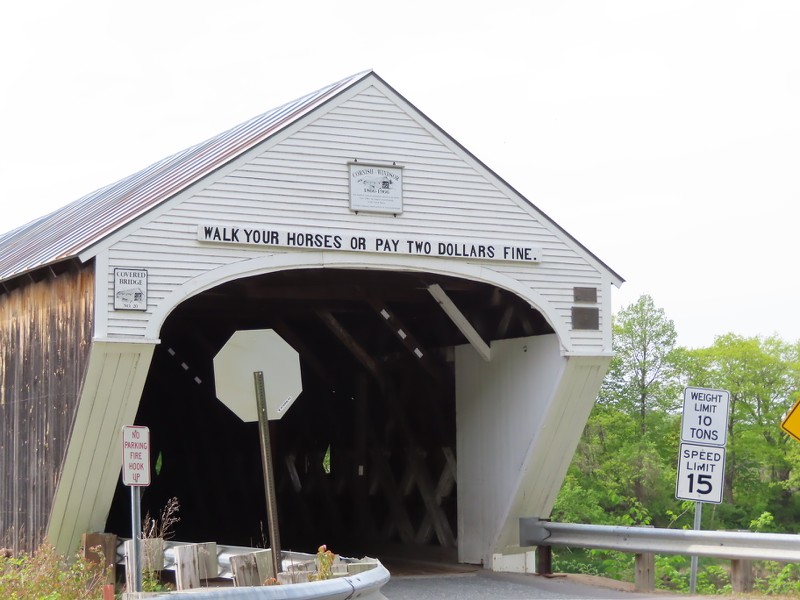Windsor is a town in Windsor County in southeastern Vermont, on the Connecticut River. The population is around 3,500.
Windsor is famous for being the "Birthplace of Vermont". It was in Windsor that the Constitution of Vermont was adopted in 1777, making Vermont a sovereign nation from 1778 to 1791, when it was admitted into the United States. After becoming part of the United States, Windsor served as part-time capital of Vermont until 1808.
Windsor was an important industrial community in the state throughout the 1800s, due to waterpower and being at the head of navigation of the Connecticut River. However, by the mid-1900s, consolidation of resources lead to industry leaving Windsor. At that time, Windsor began attracting tourists, and tourism remains dominant in the community today.
The Old Constitution House, on Main Street. The tavern was built in 1777. It was in this building on July 2, 1777, that delegates met and adopted Vermont's first Constitution. It was also here, on March 12, 1778, that Vermont formed a government and became an independent republic, which it remained until it joined the United States in 1791.
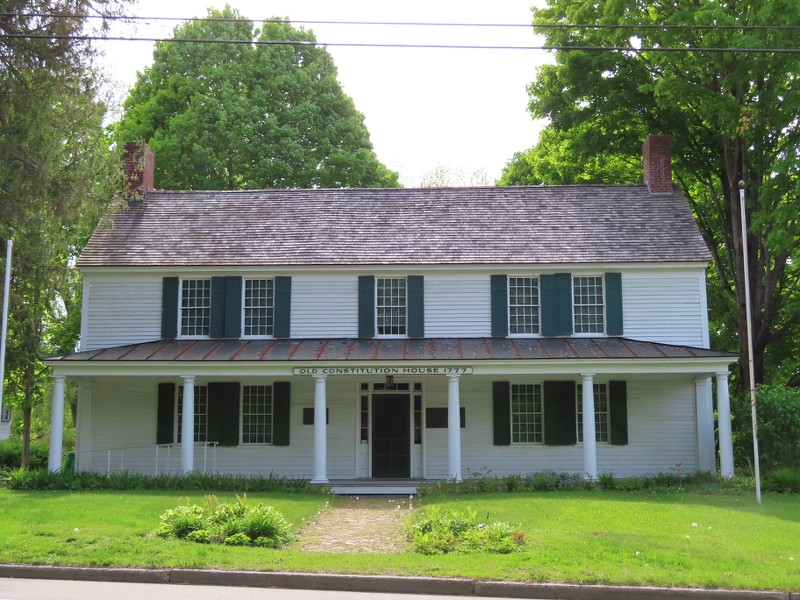
The Abner Forbes House, on Main Street. The house was built in 1798.
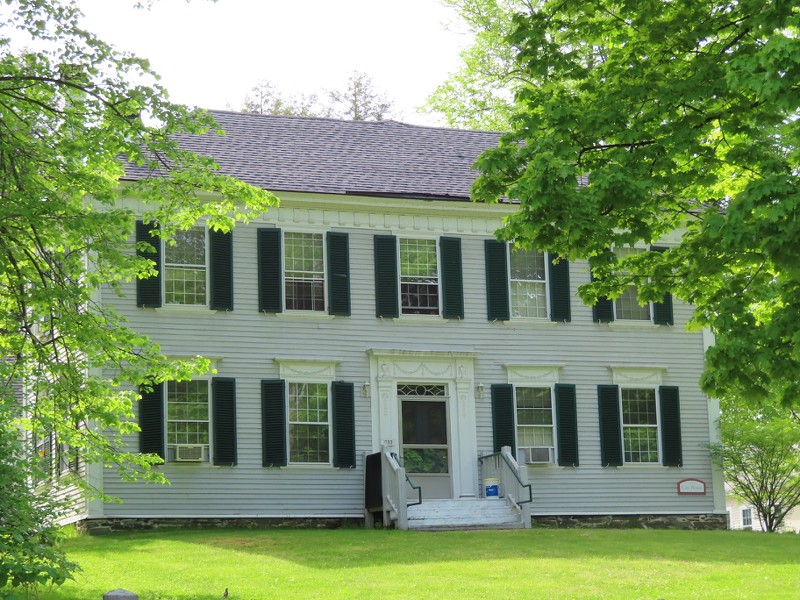
The Curtis-Evarts House, on Main Street. The house was built in 1796.

The Joseph Hatch House, on Main Street. The house was built in 1817.
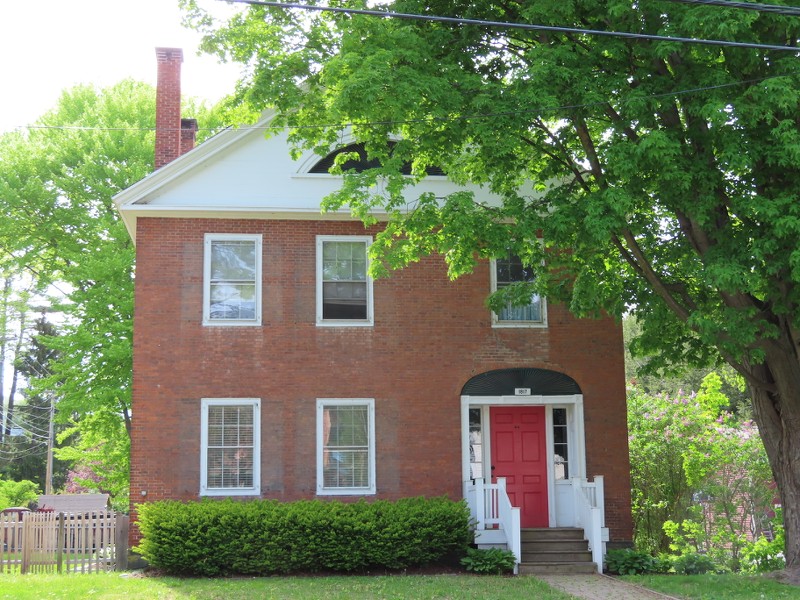
The Emerson-Stoughton House, on Main Street. The house was built in 1833.

The old Unitarian Church, on Main Street. The church was built in 1846.
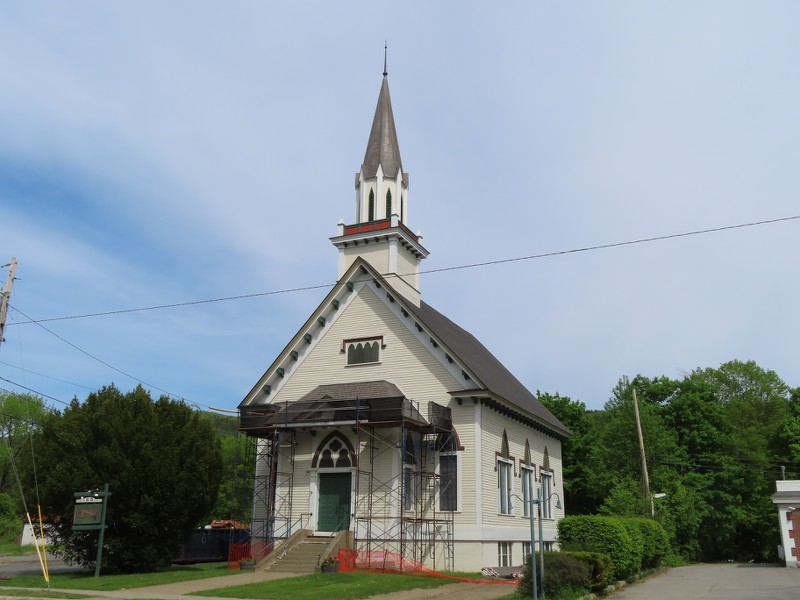
The Windsor Post Office, on Main Street. The post office was built in 1857, and was designed by Ammi B. Young, who designed the Vermont State House.

The Pettes-Journal Block, on Main Street. The structure was built in 1824, and is considered the finest example of Federal architecture in a commercial building in Vermont. The building was meant to emulate contemporary buildings in Boston.
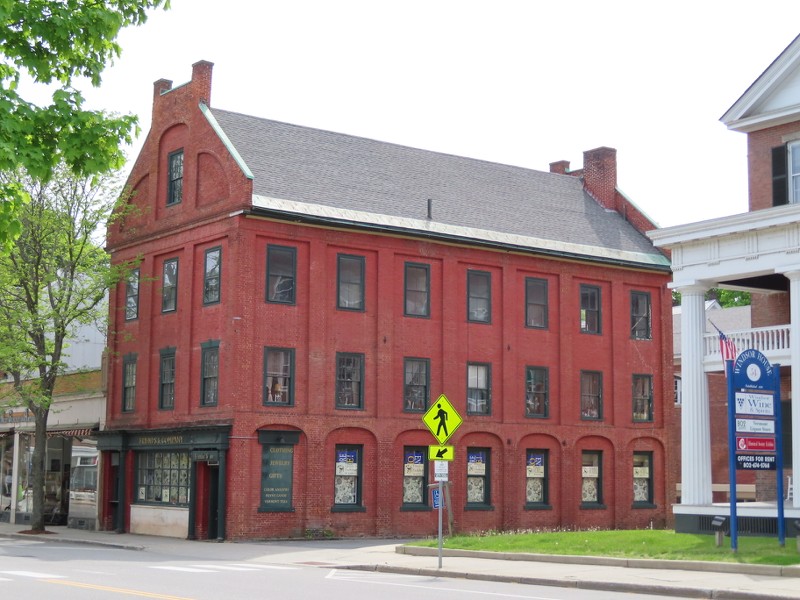
The Windsor House, on Main Street. The old hotel was built in 1836.
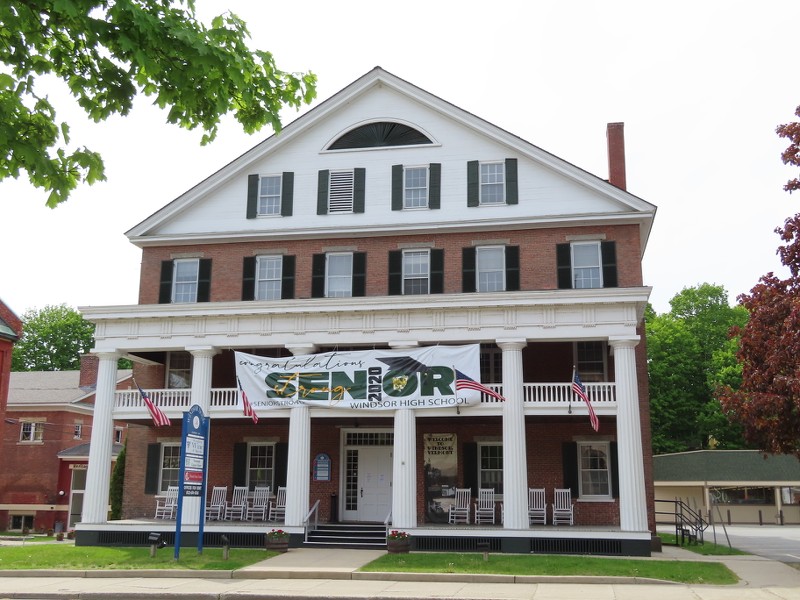
The Old NAMCO Armory, off of Main Street. The armory was built in 1910.

Buildings on Main Street. On the left is the Tuxbury Block, built in 1898. On the right is the Stone Tracy Block, built in 1870.
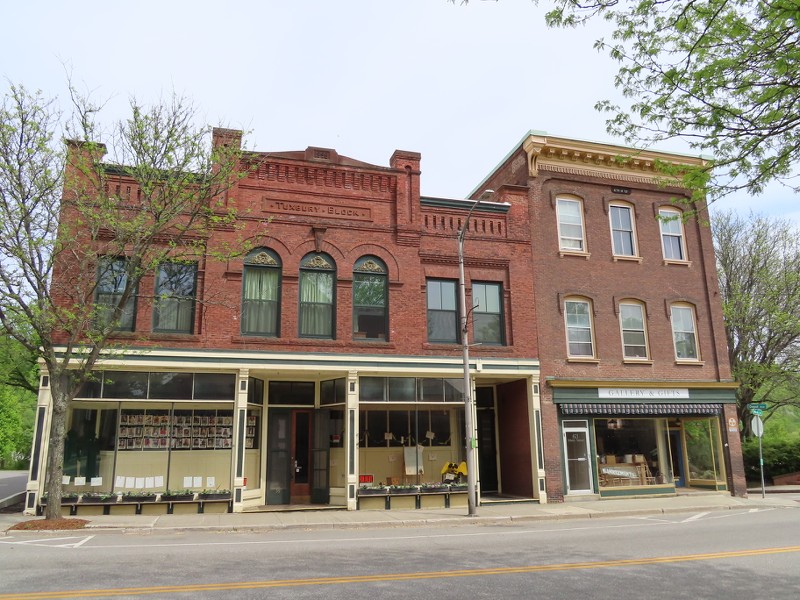
Buildings on Main Street. On the left is the Putnam Block, built in 1914.
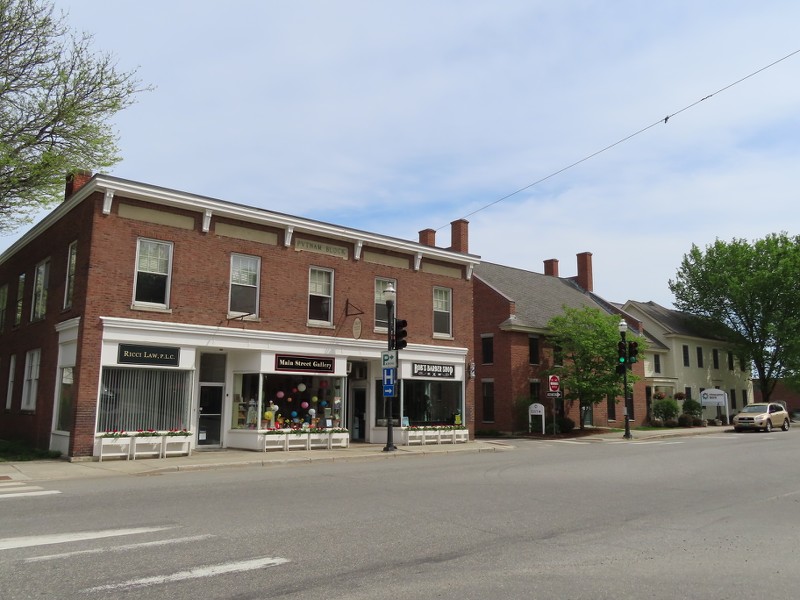
The old Windsor County Courthouse, on State Street. The structure was built in 1784, and is now used as a residence.

St. Paul's Episcopal Church, on State Street at Dunham Avenue. The church was built in 1822, and was designed by Alexander Parris.
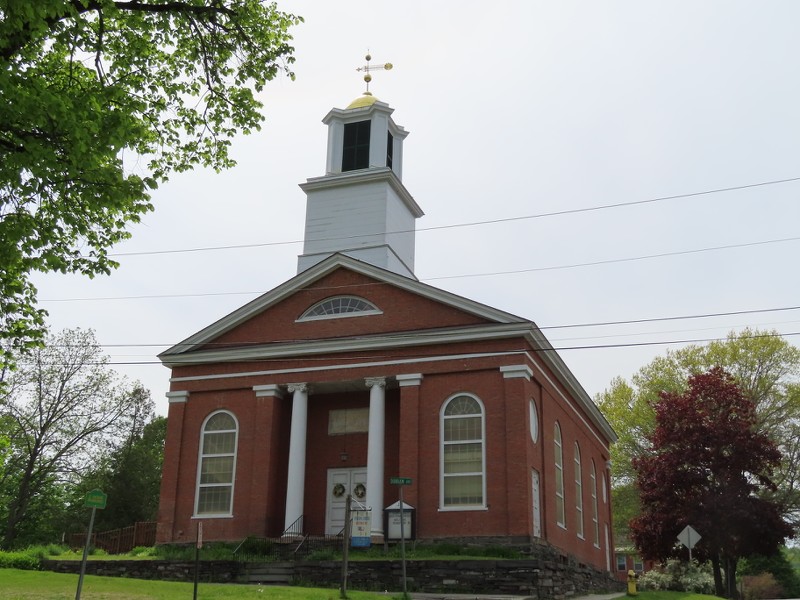
Houses on the Village Green.
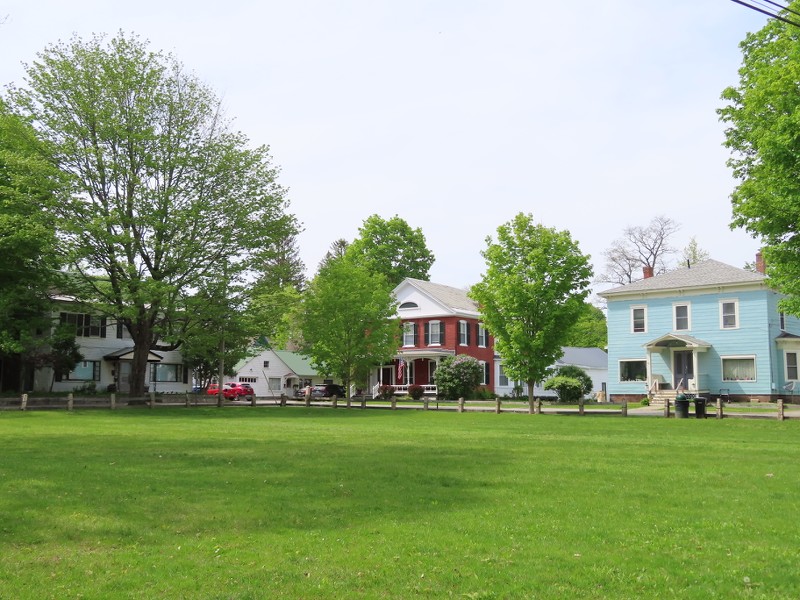
Buildings on Court Street at the Village Green. On the right is the old town hall, built in 1888.
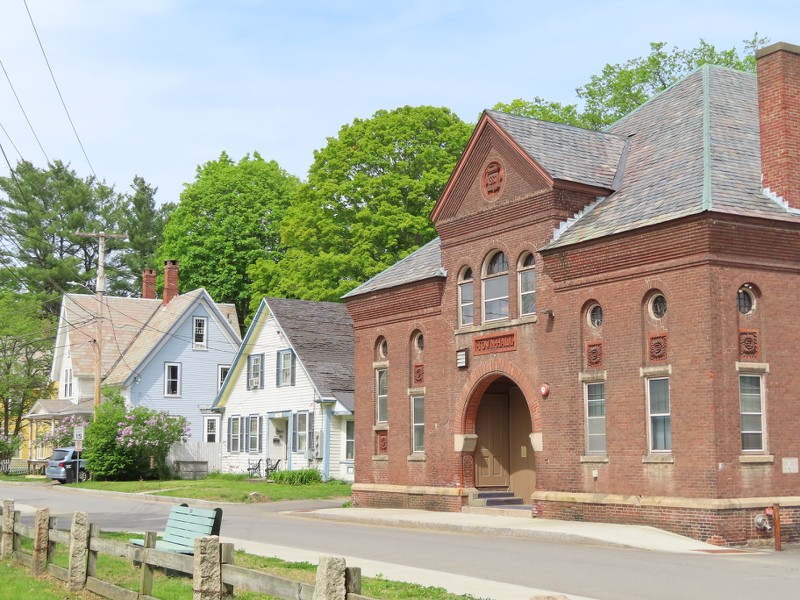
The Townsend-McIndoe House, on Court Street at the village green. The house was built in 1847.
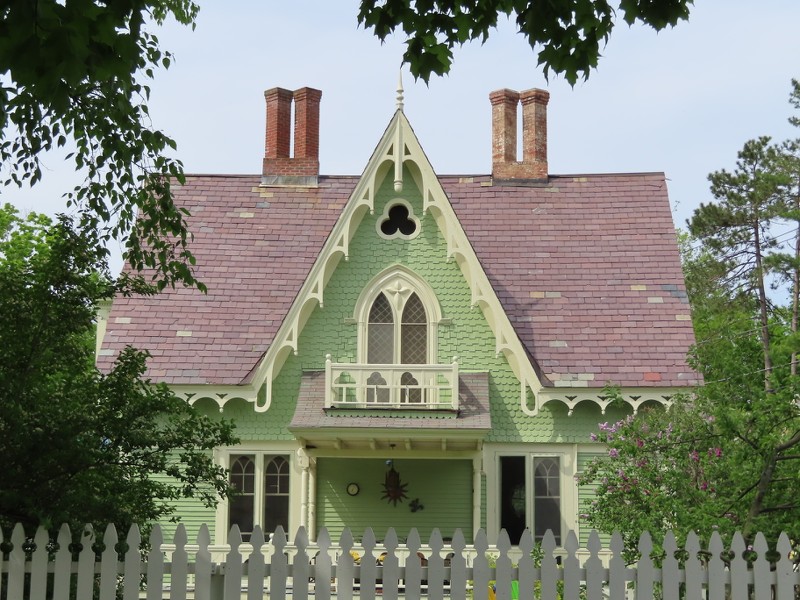
A house on Dunham Avenue.
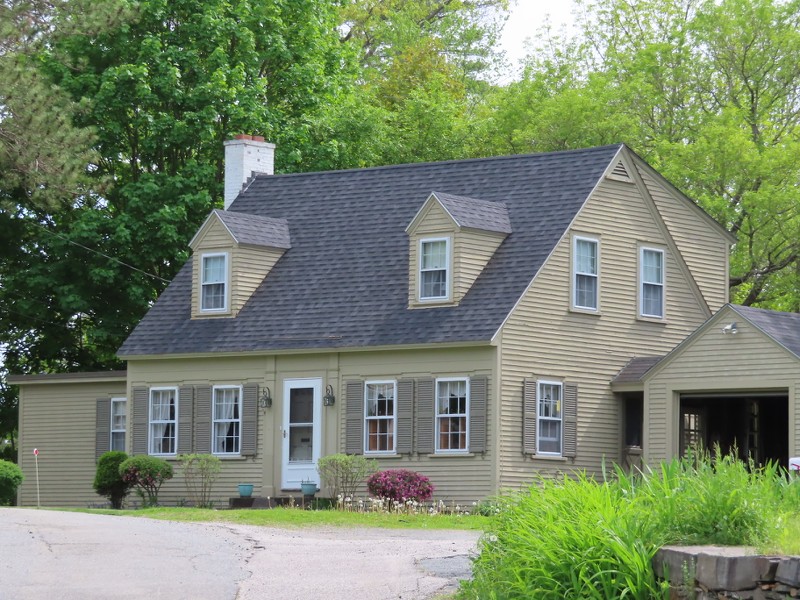
The Windsor Library, on State Street. The library was built in 1905.
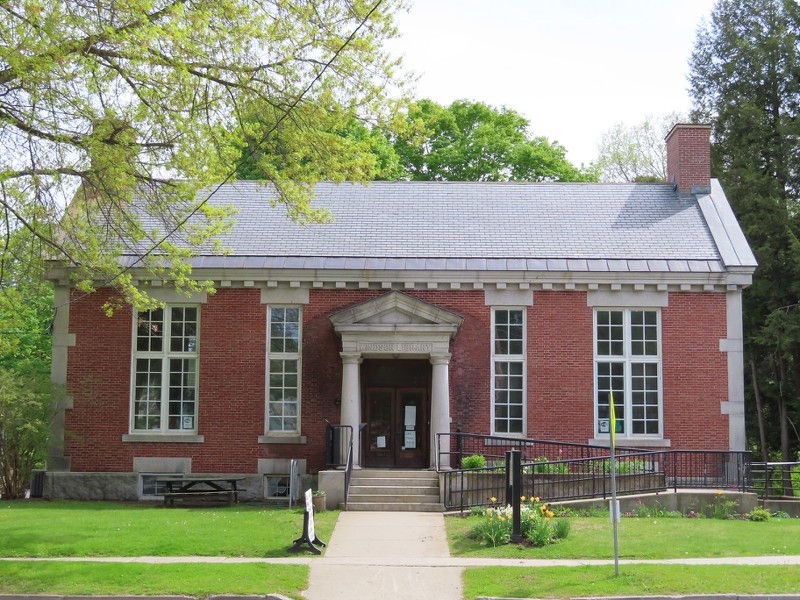
The Emerson-Davis House, on State Street. The house was built in 1831.
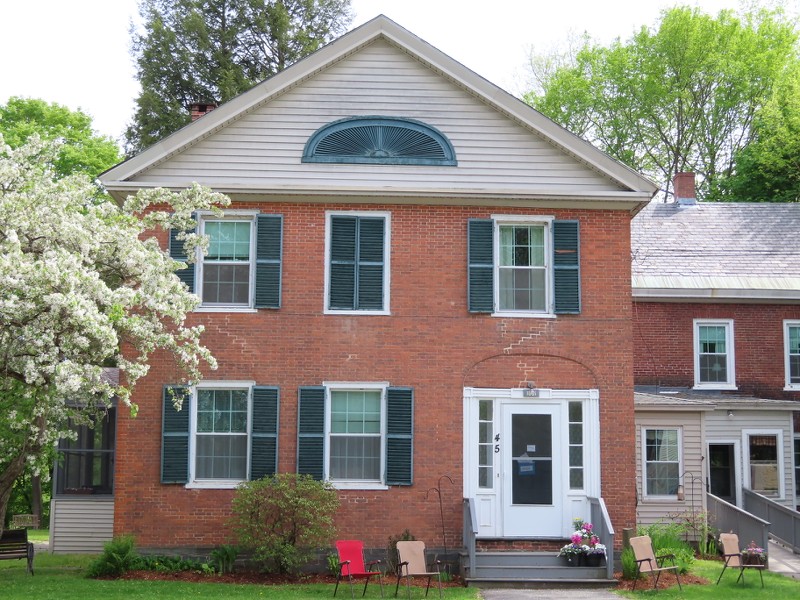
The Olde Windsor Village, on State Street. The apartment complex was originally the Vermont State Prison. The prison opened in 1809, and closed in 1975. The front section was built in 1882.
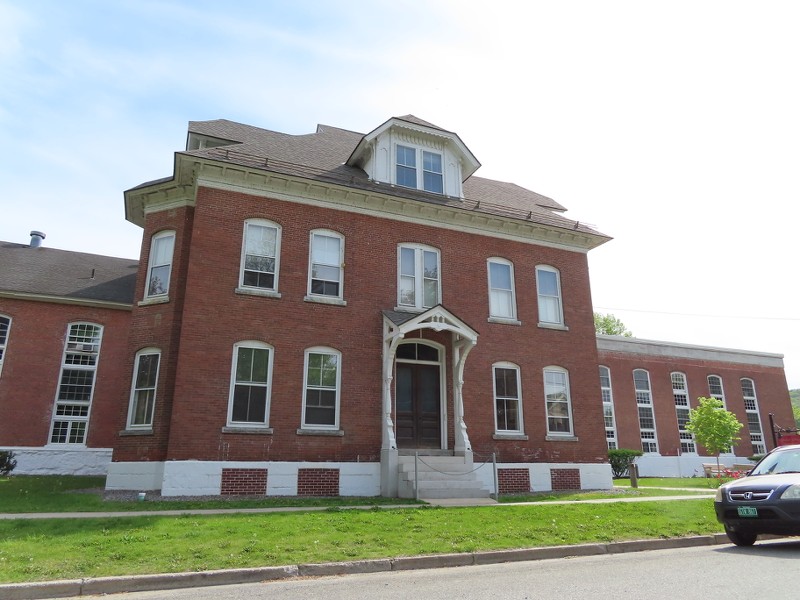
A house on State Street, built in 1814.

Houses on Ascutney Street.
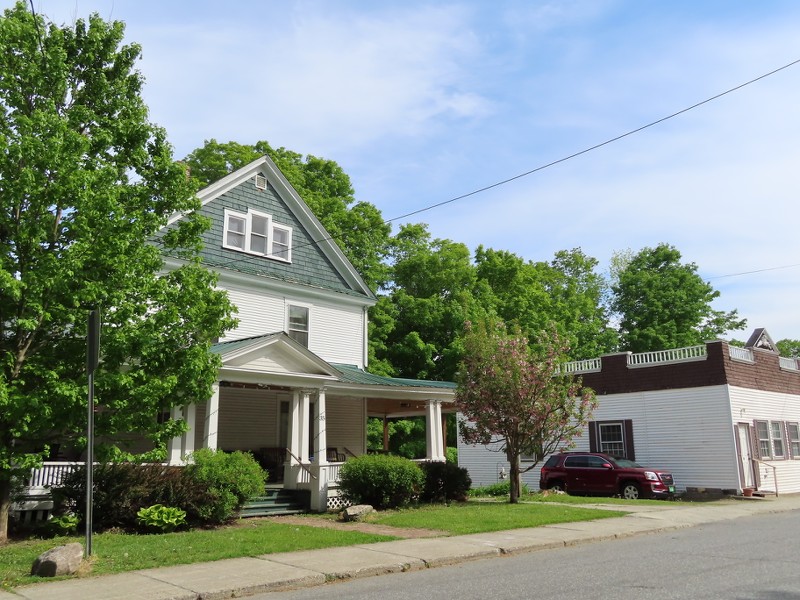
The E.G. Lamson Company Drop Forge, below the Ascutney Mill Dam. The forge was built in 1864.

The Ascutney Mill Dam, off of Ascutney Street. The dam was built in 1834, and is the first gravity-arch dam in the United States.
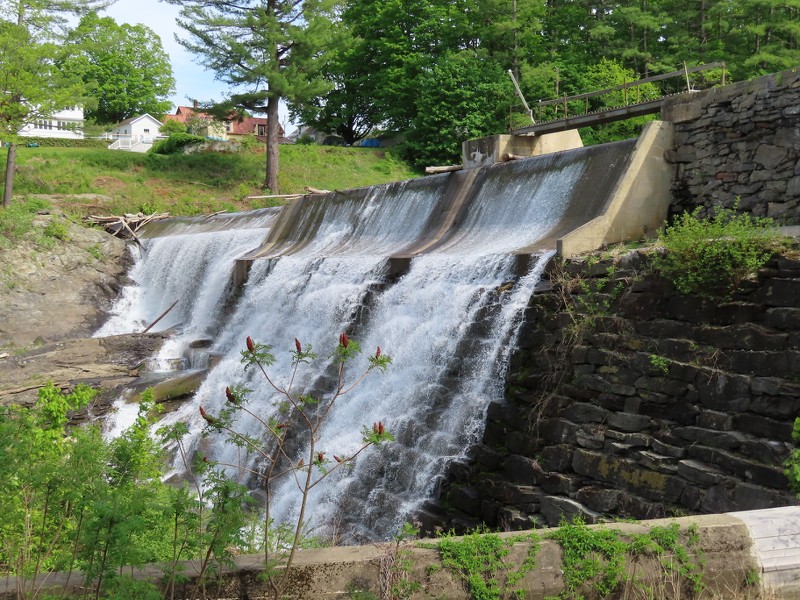
A house on Ascutney Street.
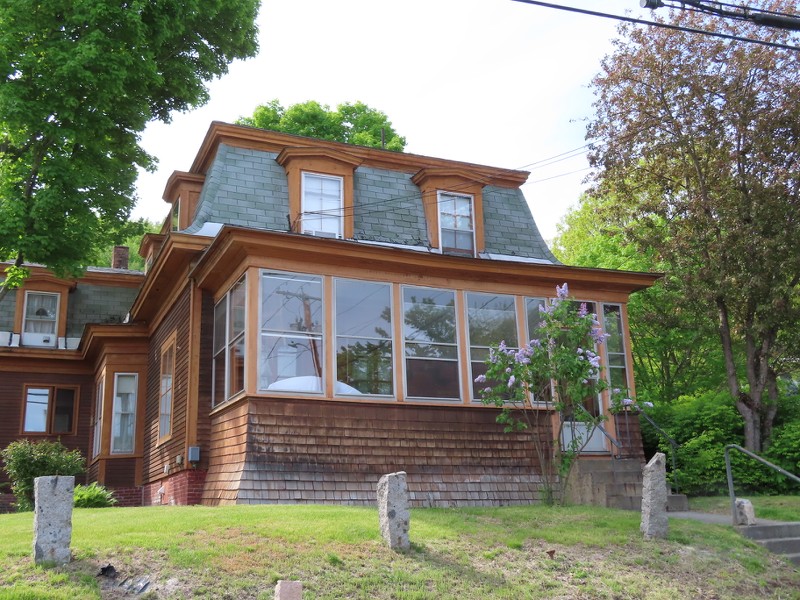
A house on State Street.

The Old South Congregational Church, on Main Street. The church was built in 1798, and was designed by Asher Benjamin.
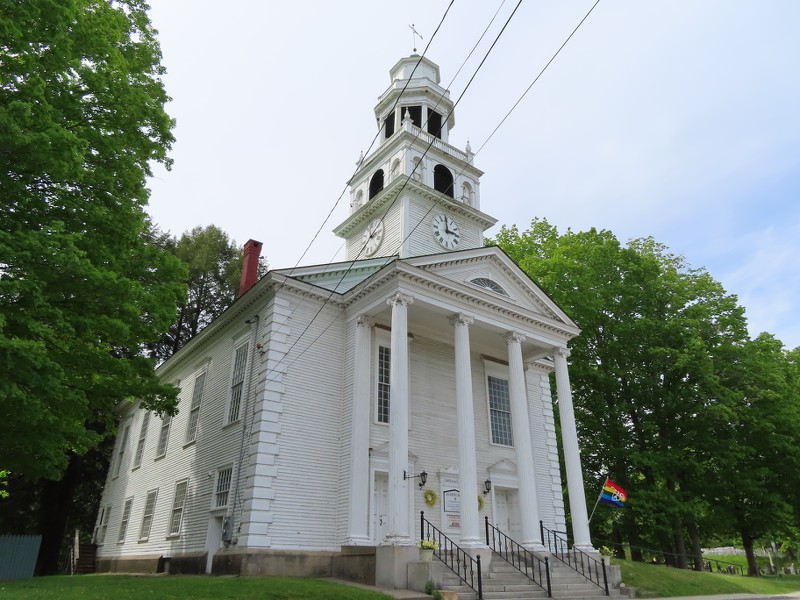
Buildings on Main Street. On the right is the Merrifield Block, built in 1849.
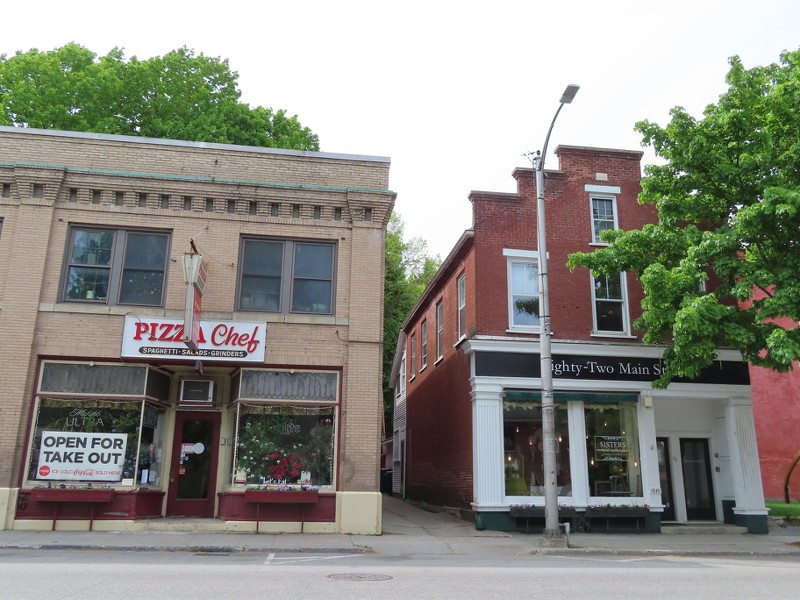
The NAMCO Block, on Union Street. The apartments were built in 1922.
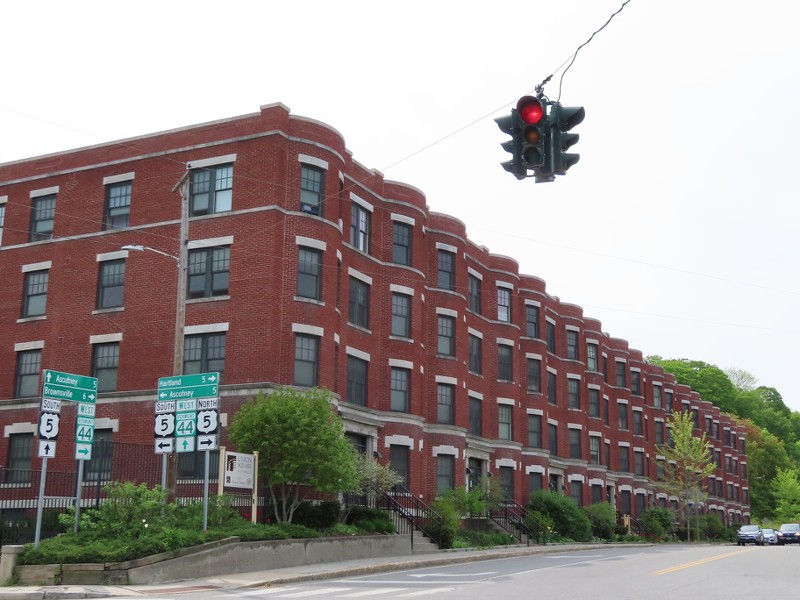
The Windsor Diner, on Main Street. The diner was built in 1955, and moved to Windsor in 1958.
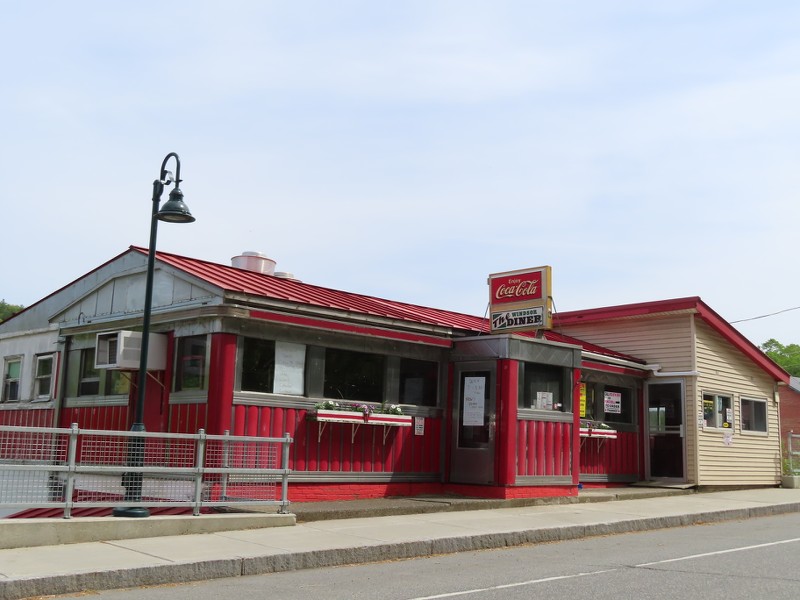
The old Robbins & Lawrence Armory and Machine Shop, on Main Street. The factory was built in 1846, and is now the American Precision Muesum.

The Twing Buckman House, on Main Street. The house was built in 1840.
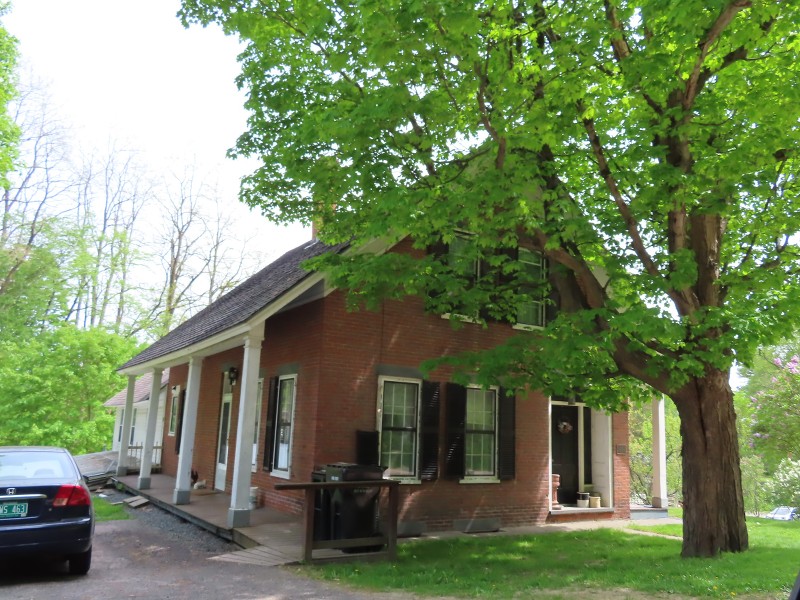
The Windsor Train Station, on Depot Avenue. The station was built in 1901.

Houses on Jarvis Street. The houses were built by the National Acme Company as factory housing during World War I.
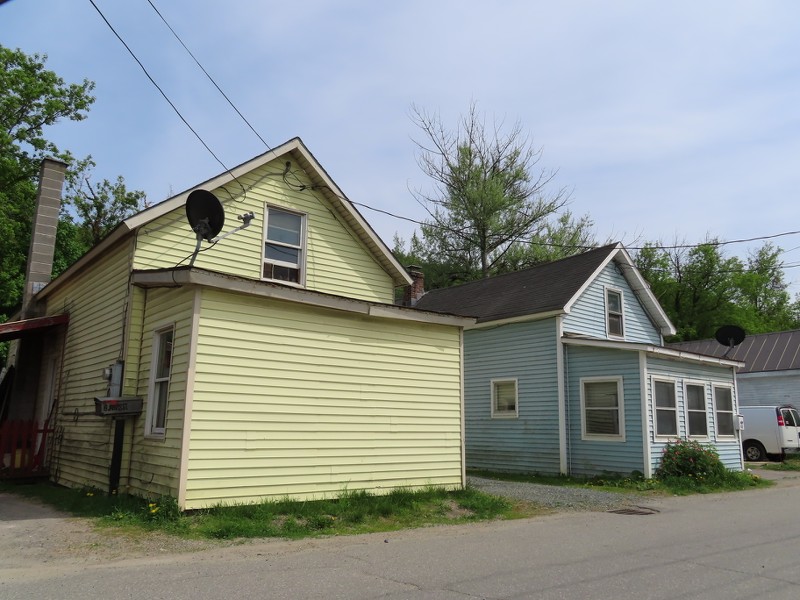
The Toll House, on Bridge Street. The house was built in 1790.
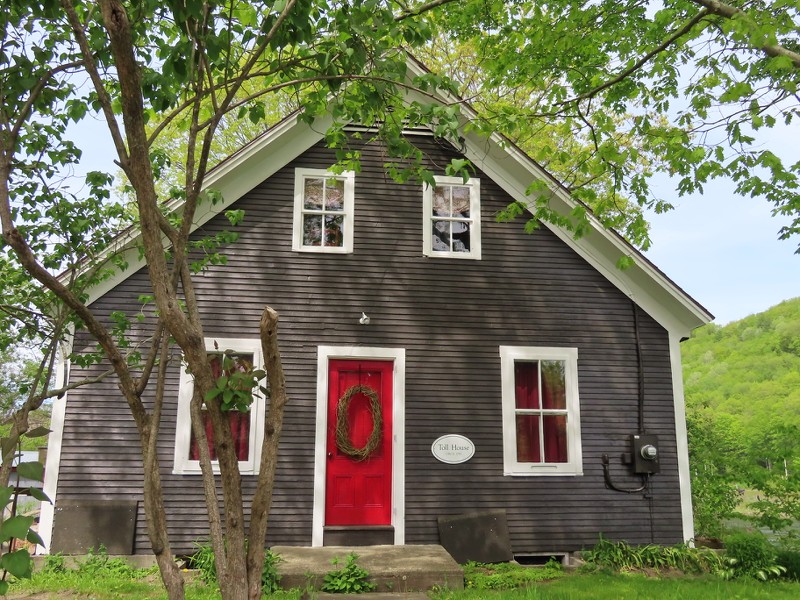
The Windsor-Cornish Covered Bridge, which takes Bridge Street out of Windsor and over the Connecticut River. The bridge was built in 1966, and was rebuilt in 1988.
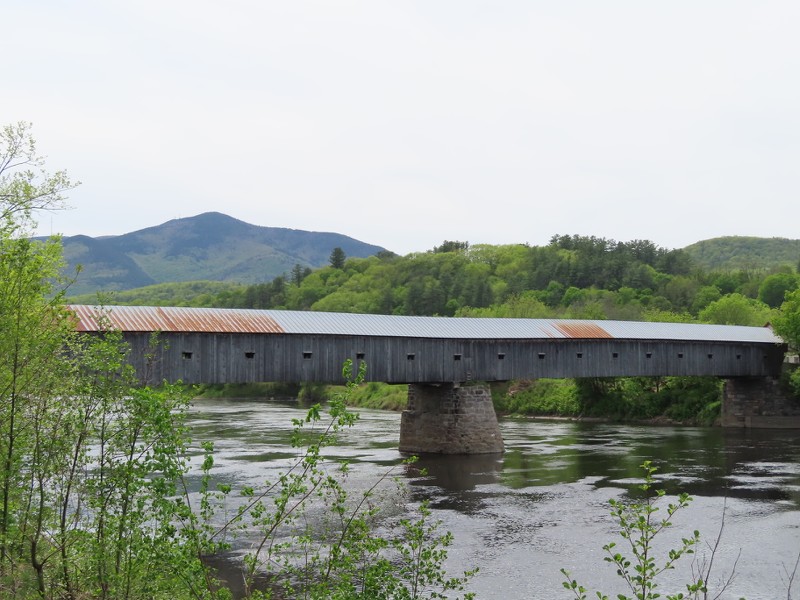
The bridge is the longest covered bridge in the United States, at 466 feet long.
